“We were hungry for this opportunity to go back to first principles,” says Shelley McNamara, 2020 Pritzker Award recipient together with her partner at Grafton Architects, Yvonne Farrell, about building in wood. In addition to being awarded architecture’s highest honor earlier this month, the pair have just been selected to construct the Anthony Timberlands Center for Design and Materials Innovation at the University of Arkansas in Fayetteville. It will be the Dublin-based firm’s first project in the U.S.
While the center will also be Grafton’s first timber project, both McNamara and Farrell have researched building with the renewable resource with their students over the last several years. They pointed to “the earth as client” in the manifesto for the 2018 Venice Architecture Biennale, themed “Freespace,” for which they were the curators. “Wood structures like the Petäjävesi Old Church in Finland from 1763, or the timber roof of the Salisbury Cathedral from 1220 have existed for centuries,” says Farrell, “Talk about sustainable!”
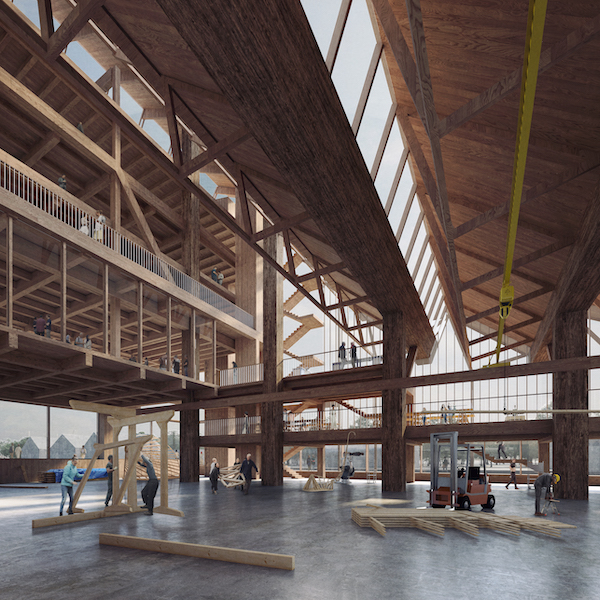
For the pair, wood is something you can smell, touch, and feel, one that elicits “an emotional response that other materials can’t,” says Farrell. “The brief for this project was very tantalizing,” adds McNamara. “It will be a place where you learn from doing—very progressive and inspiring with a real creative energy.”
The new applied research center will serve as the epicenter for the Fay Jones School of Architecture and Design’s multiple timber and wood design initiatives, house the school’s existing and expanding design-build program and fabrication technologies laboratories, and serve as the new home to the school’s emerging graduate program in timber and wood design.
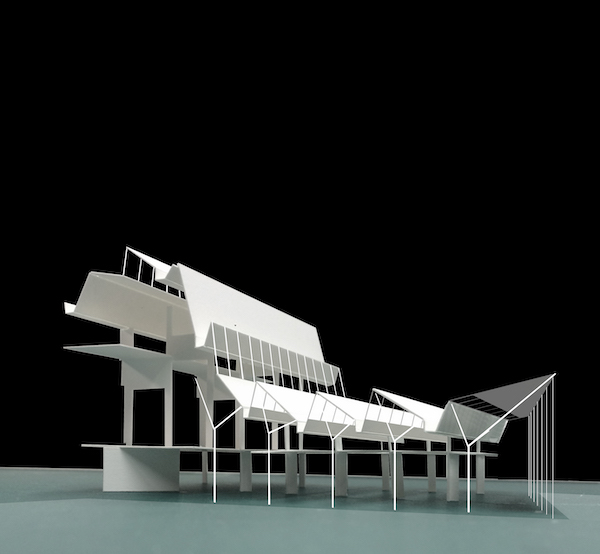
Grafton’s scheme turns the fabrication shop, with a nearly 20-foot-high gantry, into a grand space, above which the roof seems to climb. The requirement for a tall building led the architects to develop a unique, somewhat serrated roofscape that baffles the sun but links spaces beneath it, from the ground level shop to the classrooms, labs, and library in the tower portion. Working with London-based Whitby Wood engineers, Grafton developed a structural design that includes oak composite columns, a series of glulam troughs (or “canoes” that capture cascading rainfall), and a queen post truss within the uppermost attic roof. “This is timber in its rawest,” says Farrell, pointing to the fact that nearly 60 percent of Arkansas is covered in trees. “We don’t want wood that comes flat-packed from Austria.”
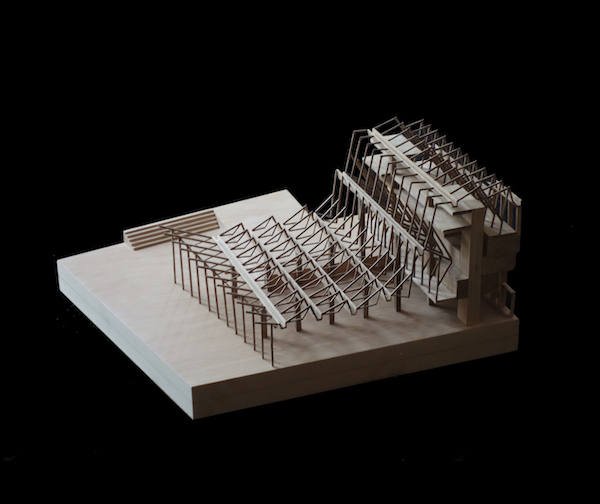
Drawing inspiration from the “elemental quality” of Fay Jones’ nearby Thorncrown Chapel, and working in partnership with local firm Modus Studio, which has significant experience building in CLT, including a dorm that opened last year at the University of Arkansas, Grafton hopes to create a building that is both a celebration of technology but also of a craft that has become dormant, like local basketweaving, imbuing their structure with that quality.
Design development for the $16 million building will begin this summer. The Grafton team was one of six finalists—including WT/GO Architecture, Dorte Mandrup, Shigeru Ban Architects, Kennedy & Violich Architecture, and LEVER Architecture—that presented their projects to the university this winter. “The school wanted a building that fuses a poetic ambition with practicality,” says McNamara. “We hope we can provide that.”
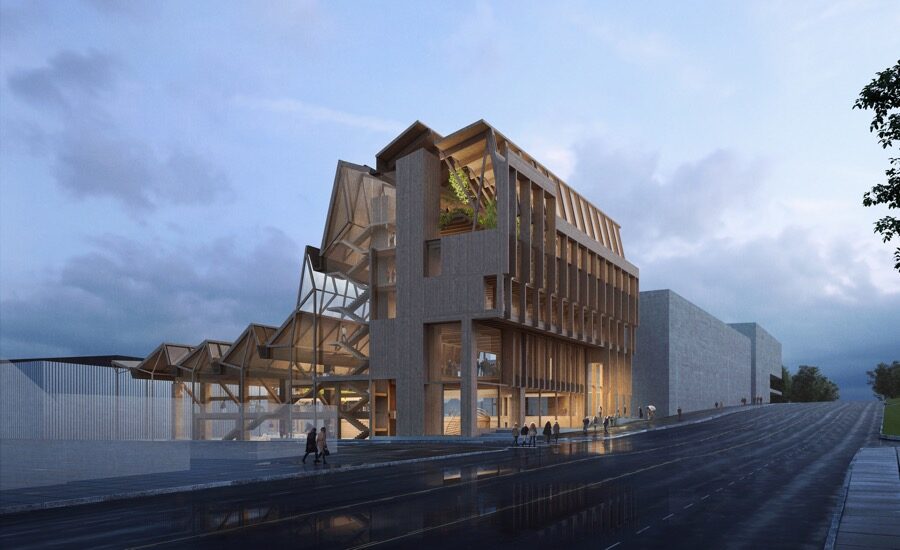
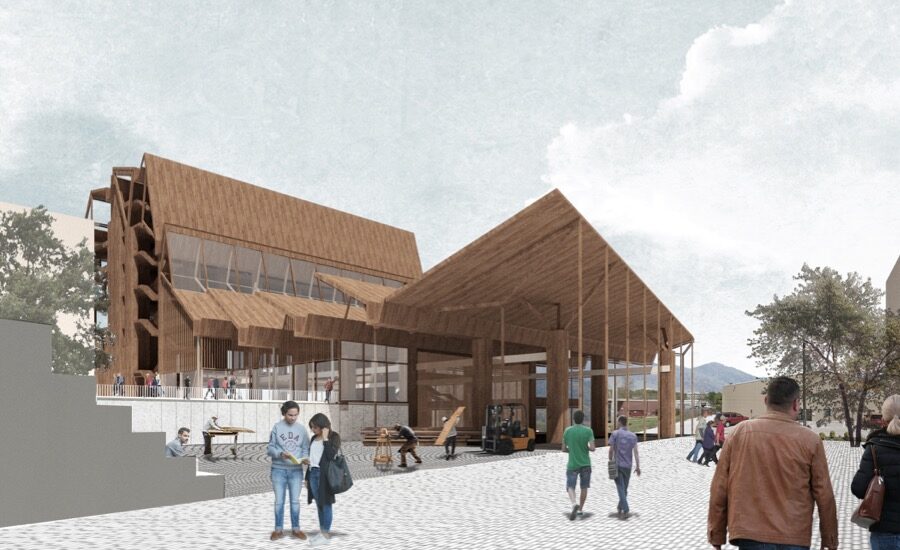





Post a comment to this article
Report Abusive Comment